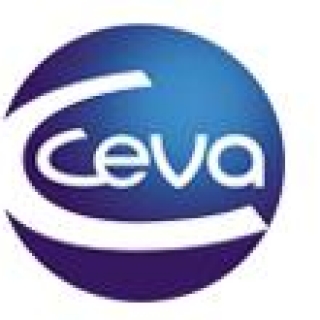European Union - CVO conclusions on animal disease surveillance systems in the EU
The CVOs encourage the Commission to take into consideration these conclusions when drafting the new animal health law:
1. Surveillance has been recognised by the CVOs as one of the key elements of any animal
health policy, giving priority to preventive approach, early detection and quick response. We
are in a very convenient moment to strengthen this concept into the new Animal Health Law.
2. To succeed in animal disease surveillance two key issues have been identified: to lay down
clear objectives and to improve the surveillance design with the aim of generating reliable,
transparent and accessible epidemiological data.
3. Surveillance at EU level should be based on harmonized parameters and criteria, including
agreed surveillance definitions and laboratory methodologies. The design of the surveillance
should be tailored to different epidemiological scenarios.
4. The cost-effectiveness ratio of some surveillance programs seems not to be sufficiently
assessed. The surveillance costs should be proportionate to its overall benefits.
5. Mixed surveillance systems addressing several pathogens or even disease syndromes could
improve the efficiency with which surveillance resources are used.
6. Scientific advances, modern epidemiological tools (e.g. risk analysis) and laboratory
capability enable the design of more effective and efficient surveillance systems.
7. Risk based surveillance is considered a highly effective and efficient surveillance system and
it is currently used within the EU.




